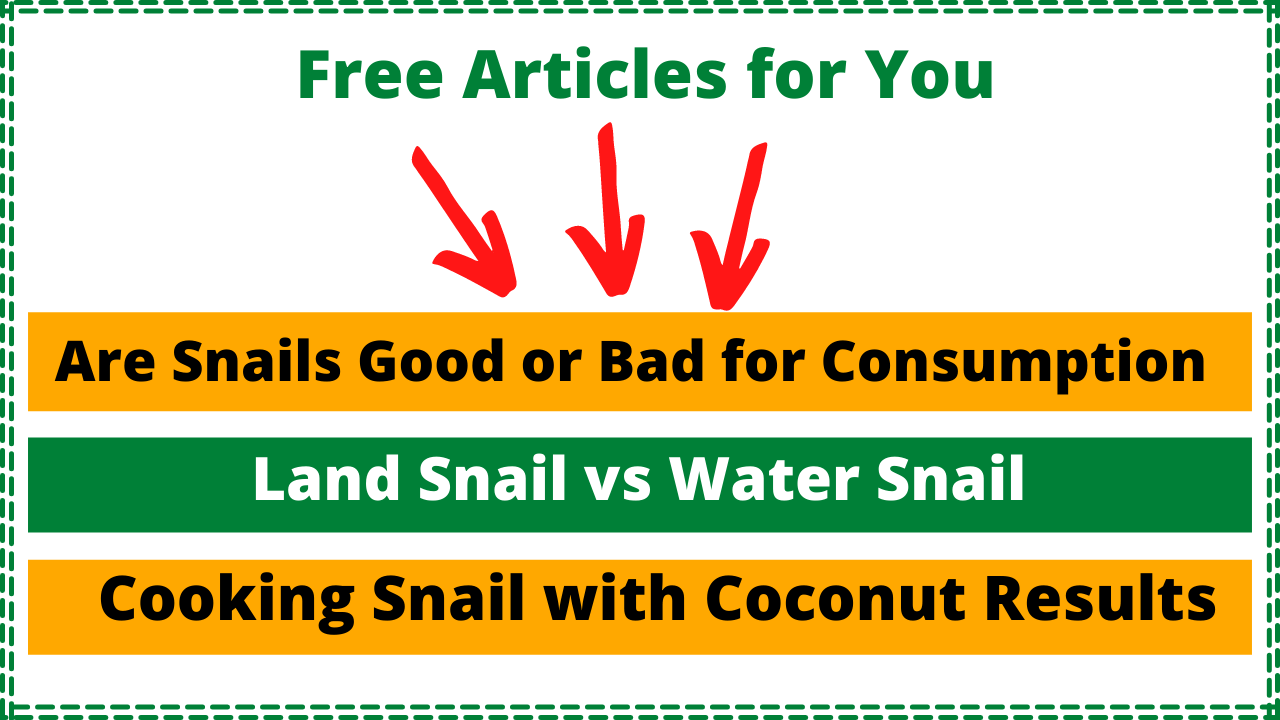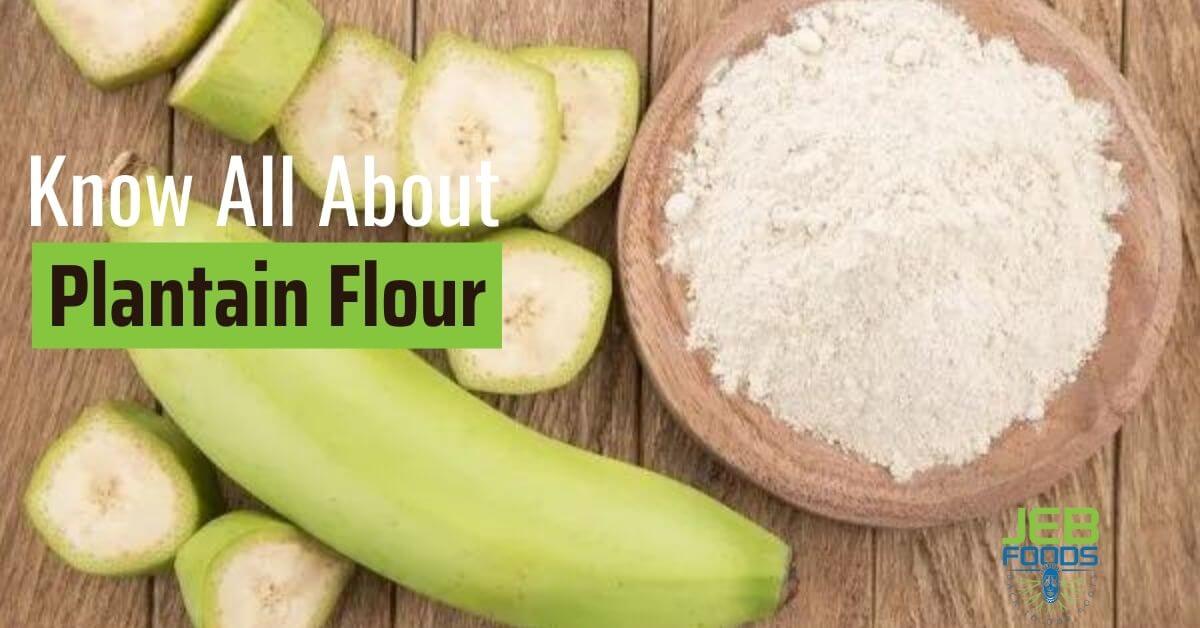Snails have some interesting discoveries that answer most people’s curiosity about snails.
When I was three years old, I saw for the first time a snail in our backyard. Since this time, a lot of questions have gone unanswered in me.
Why are snails slow by nature, can they be made to run fast, how do they mate, and many more questions kept ringing in my mind.
I will show you nine interesting snail discoveries, and some will be shocking, I must add.
Let’s dive straight into it.
Check out the most beautiful snails in the world
Why Are Snails Slow
Table of Contents
ToggleOne of the main interesting snail discoveries by researchers was that snails could travel at a reasonably fast one meter per hour.
The peak speed of a garden snail is 1/2 inch (1.3 cm) per second, although it can travel as slowly as 1/10 of an inch (. 28 centimeters).
Snails and slugs move at various speeds. The average snail can move at a speed of one millimeter per second. This is faster than the majority of slugs.
Snails and Slugs travel at a snail’s pace due to muscle contractions known as pedal waves. Snails, like turtles, have a protective shell.
Slugs without shells may compensate for their lack of armor by producing “more profuse and stickier defensive mucus.”
One of the reasons they move so slowly is that they have to build a slime track on which to move. They create a thin layer of slime 1 inch long for every inch they move. This requires time, as well as a large amount of water and energy.
The sloth is the world’s slowest mammal; also, Land tortoises move at less than one mile per hour. A mile would take a snail 5 days and 12 hours to go.
Although tiny and big snails moved at a comparable speed, little snails moved quicker when measured in body lengths traveled per minute.
My second notable discovery was that snails examined in direct sunlight moved quicker than snails tested in darkness, regardless of size.
Why Does Salt Kill Off Snails
By dehydrating a snail’s slimy exterior, salt acts as its kryptonite. This is another interesting snail discoveries about how snail reacts with salt.
“By osmosis, salt essentially draws the water out of their skin.” Formally, osmosis is the movement of water across a semi-permeable membrane from a region of higher water potential (higher concentration) to an area of lower water potential (lower concentration).
The snail’s body consists of a certain amount of water. When you apply salt to the snail’s integument (skin), it increases the concentration of sodium and chloride ions in the mucus film that coats the snail’s entire body; this reduces the mucous lining’s water potential.
As a result, water molecules move out of the snail through its semi-permeable skin, restoring the dynamic equilibrium that previously existed across the snail’s skin.
The poor creature then dies of dehydration, leaving only a shriveled-up corpse. Snails are highly dependent on the high water content in their bodies, and they die within minutes of dehydration.
They are constantly in need of water to replenish what they have lost.
“We don’t know how much pain they feel when they come into contact with salt, but a snail caught in granules will wiggle away while exuding a lot of mucus to clean their skin.”
In other words, unless you want snail snot pooling on your kitchen floor, it’s not a good idea.
What Is The Largest Snail
For aquatic snails, the giant whelk, the world’s largest snail, lives in Australia. This massive marine gastropod has a shell length of 70cm.
They are predatory snails that feed on large polychaete worms in tubes (genera Polyodontes, Loimia, Diopatra).
Very large Syrinx are now rarely seen intertidally due to their popularity as ornaments or specimens, though juvenile samples are frequently washed ashore after storms and cyclones in northern Australia.
Mature females lay large egg cases (15cm) attached to rocks, shells, or gorgonian corals. Young snails develop in individual egg capsules within the egg case, then hatch and crawl away as juveniles.
However, for terrestrial snails, the African giant snail Achatina achatina, also known as the agate snail or Ghana tiger snail, is the largest known land gastropod (Lissachatina fulica).
In December 1978, the largest specimen measured 39.3 cm (15.5 in) from snout to tail when fully extended, with a shell length of 27.3 cm (10.75 in). It weighed precisely 900 g. (2 lb).
This snail, named Gee Geronimo, belonged to Christopher Hudson (1955–79) of Hove, East Sussex, UK, and was collected in Sierra Leone in June 1976.
Giant African land snails are found in Asia and are native to East Africa. The snails are quarantined in the United States, specifically in Southern Florida and Hawaii.
I recommend you get dried-freeze Giant African Land snail for healthy snails.
Does Snail Mucus Do Anything For Human Skin
Snail mucin is an interesting discovery and it is a multitasking powerhouse, capable of doing everything from moisturizing to increasing collagen production, the protein responsible for healthy, youthful skin.
Snail mucus has moisturizing properties that support the skin barrier and help lock in moisture due to hyaluronic acid, certain enzymes, and antimicrobial peptides found in the mucin.
The glycolic acid stimulates collagen production, which helps reduce wrinkles, giving your complexion a radiant, youthful glow and improving skin texture, tone, hyperpigmentation, and scarring.
Aside from these benefits, snail slime has anti-aging properties that can help reduce fine lines.
Snail mucin is found in various products, including face masks, creams, lotions, and skin repair serums.
Some practitioners have even used the slime in therapeutic facials and micro-needling sessions. Patients worldwide go so far as to have live snails crawl on their faces and excrete slime.
Another essential component of the secretion is allantoin, a healing ingredient that soothes irritation, smoothens the skin, and stimulates cell regeneration.
Snail mucin contains a variety of skin-beneficial nutrients, including anti-inflammatory zinc and healing manganese.
It contains copper peptides, also known for their collagen-increasing and wrinkle-reducing properties, as well as vitamins A and E, both of which are potent antioxidants.

Can A Snail Kill A Human
One of the most interesting snail discoveries is how it interacts with humans. While humans are not the intended prey on these mollusks, inexperienced divers may unknowingly pick up the cone snails.
Cone snail venom is so potent that it can instantly paralyze and kill prey. One cone snail’s venom could theoretically kill up to 700 people.
The freshwater snail carries infectious parasitic worms with schistosomiasis to humans, which causes severe abdominal pain and blood in the stool or urine, depending on the area affected.
Despite their appearance as harmless animals, freshwater snails are carriers of schistosomiasis, a deadly disease caused by parasitic worms.
The snails contaminate the water with these parasites, which lay eggs that cause this deadly disease after inadvertently entering the human body. The preceding symptoms are blood vomiting and leg paralysis.
Freshwater snail with 20,000 plus deaths a year is among the top 15 deadliest animals capable of killing a man.
Snails kill far more people each year than sharks and lions. Following the snake, which kills 50,000 people each year, the dogs (due to rabies), which kills 25,000 people, and the tsetse fly, which kills 10,000.
Millions of people become infected, and the WHO estimates that schistosomiasis is responsible for 20,000 to 200,000 deaths.
Find out If snails are good or bad for consumption
Are Snails Considered To Be Insects? Why Or Why Not
Snails aren’t bugs. They, like bugs, are members of the animal kingdom. However, they belong to a different phylum entirely, the phylum Mollusca, as opposed to insects, which belong to the phylum Arthropoda.
A snail, on the other hand, is a GASTROPOD. It belongs to the MOLLUSCAN class GASTROPODA, which has a spiral shell into which it can withdraw. An insect has six legs and an exoskeleton.
A snail is a mollusk, an invertebrate animal with a soft body and a tough shell to protect it. It is a member of the Phylum Mollusca, which is related to insects.
They are more closely related to squids than most other bugs found on land.
Gastropod is one of the most diverse groups in the animal kingdom, with a wide variety of soft-bodied creatures such as octopi, oysters, and clams.
Slugs and snails are members of the class Gastropoda, the largest group within the phylum Mollusca.
Snails (which carry a shell around with them) and slugs (which do not) are members of the Gastropoda class.
There are numerous distinctions between the phyla. One significant difference is that mollusks are not segmented, whereas arthropods are.
This type of question arises because many people refer to all invertebrates as “bugs” or “creepy-crawlies.”
There are far more differences between snails and insects than between mammals like fish and us to put things into perspective.
Here are the major differences between slugs and snails

What Are The Differences Between A Sea Snail And A Land Snail
Snails come in various shapes and sizes, but their primary distinction is aquatic or terrestrial. The former is adapted to live in the sea or freshwater bodies, whereas the latter live entirely on land, albeit in humid environments.
Almost all sea snails, some freshwater snails, and a small number (primarily tropical) of land snails are “operculates” with gills and separate sexes.
When the animal withdraws, a “door” or operculum closes the shell’s mouth. Some misunderstand it.
The majority of land snails are “pulmonates.” They usually have a lung and are hermaphrodites. They do not have a “door,” though one family has evolved a different type of door, the clausilium, on its own.
However, snails have evolved to live on land several times, and the ancestry of various groups is still debated.
There are operculate land snails, but they are rare in cool climates, with only two known in Britain out of a hundred or so (excluding slugs, also pulmonates). There are more in Southeast Asia.
Land snails and sea snails both have shells, but for different reasons. Sea snails use them to protect themselves from predators, whereas land snails keep themselves nice and moist inside their shells.
In the most basic terms, land snails have lungs, whereas sea snails have gills. Land snails have eyes on the ends of retractable stalks, whereas sea snails do not and are most likely descended from sea snails.
See what will happen when you eat a snail.
Have You Ever Tried Eating Snails
Yes, and they taste so delicious! I have eaten escargot and African giant snails.
I have eaten African giant snails a couple of times, and I promise you they are worth it! I had skewered giant snails with spicy sauce, and they are earthy, crunchy, and unique.
Unlike escargots, they have their taste, robust but not overpowering.
The other time I had it, it was in a stew, called “Snail Stew” because of the unique flavor. African giant snails have many recipes cooked with this particular snail usually has the suffix to the recipe’s name.
Then again, I had mac n cheese with chopped African giant snails. Snails never have their slimes on them after preparation; they are just like your meat or fish but in a class of theirs’.
I loved the African giant snails more because it’s usually not prepared with so much butter. I could indulge because the protein of snails is low in fat but rich in protein content. You should try them!
One of the reasons for the consumption of snails is for its nutritional benefits but Does eating snails boost blood
What Do Vegetarians Think About Eating Snails
Snails are animals, full stop; they are not a missing link between plants and animals. As a result, vegetarians do not consume them.
Before 1887, the Western world considered seafood to be vegetarian; they are animals, so Vegans should avoid them.
Because escargot is a type of seafood, vegans cannot consume it. Vegetarians do not consume animal flesh. As a result, the interesting snail discoveries to this is just like fish and seafood, they are not vegetarian.
Snails are nocturnal animals, which means they are most active at night, and they are vegetarian or omnivorous at times.
They do not have teeth like mammals but instead have a radula, a rasping, tongue-like organ covered with thousands of tiny tooth-like protrusions called denticles that they use to eat food.




